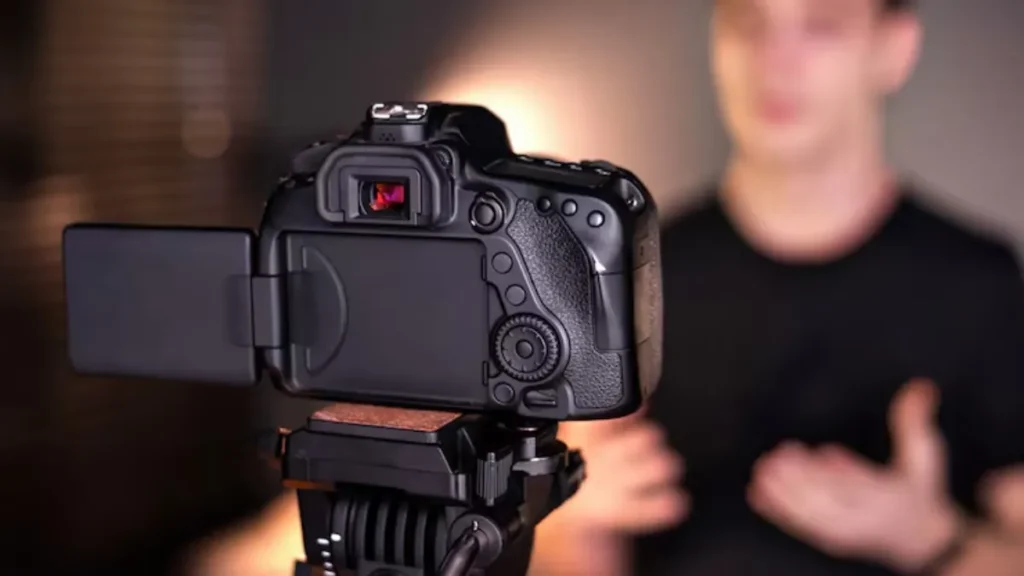Camera techniques are the skills and methods photographers use to capture images in a way that tells a story, sets a mood, or emphasizes important details. Whether you are shooting with a smartphone, a DSLR, or a mirrorless camera, knowing the right techniques can turn an ordinary picture into something truly memorable.
Why Camera Techniques Matter
Anyone can press the shutter button, but it’s the technique behind the shot that makes a photograph stand out. Understanding light, composition, angles, and timing helps you capture images that are clear, balanced, and visually interesting. Good camera techniques also save you time in editing, because you’ll already have strong images straight from the camera.
Basic Camera Techniques You Should Learn
1. Mastering Composition
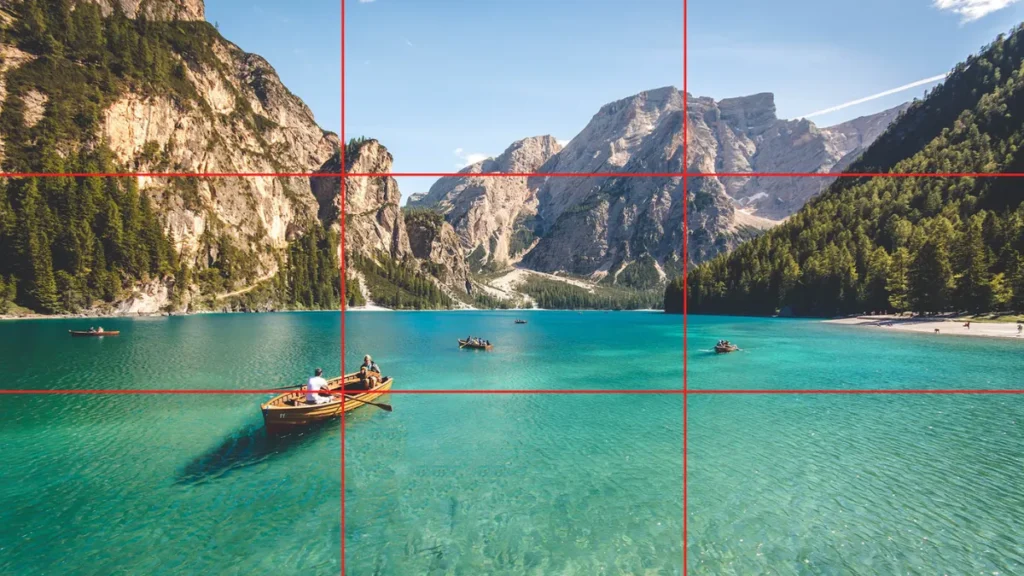
Composition is about arranging elements in your frame so the image feels balanced and pleasing to the eye. One common method is the Rule of Thirds—imagine your frame divided into nine equal parts, then place your subject along the lines or at the intersections for a more engaging shot.
Also read: Camera Techniques for Wildlife Photography – Mastering the Art of Capturing Nature
2. Using the Right Lighting
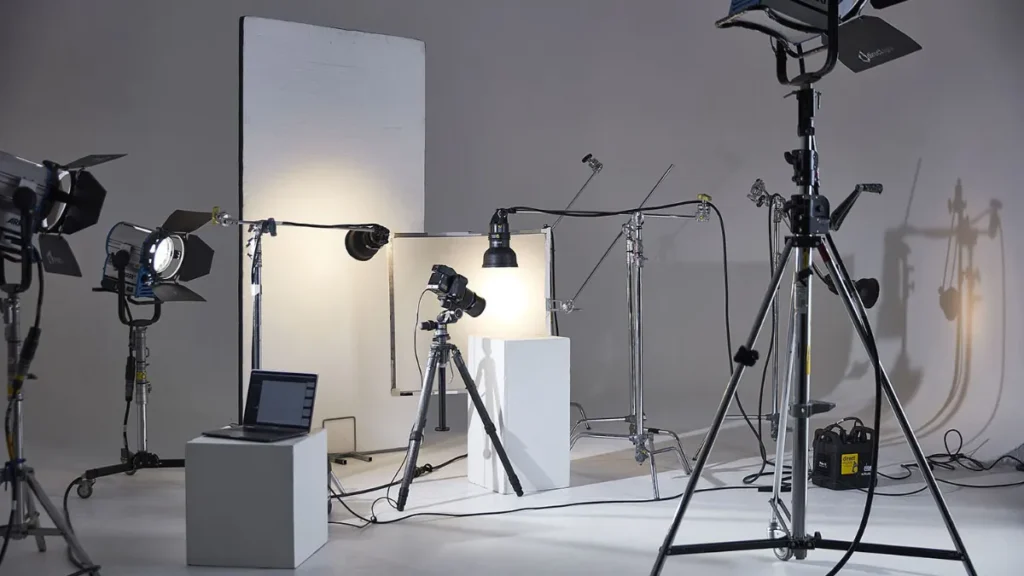
Lighting can completely change the mood of your photo. Natural light during sunrise or sunset, known as the “golden hour,” often creates warm, flattering tones. If you’re indoors, try placing your subject near a window or using soft artificial light to avoid harsh shadows.
3. Controlling Shutter Speed
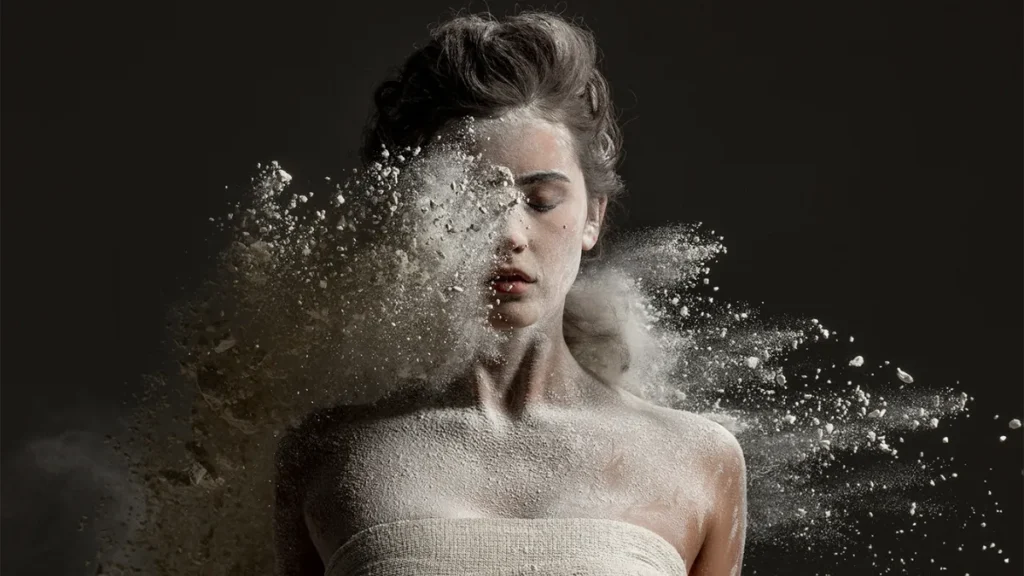
Shutter speed affects how motion appears in your image. A fast shutter speed freezes action, like a bird in flight, while a slower speed can blur motion for a dreamy, flowing effect—perfect for waterfalls or night traffic trails.
4. Adjusting Aperture for Depth of Field
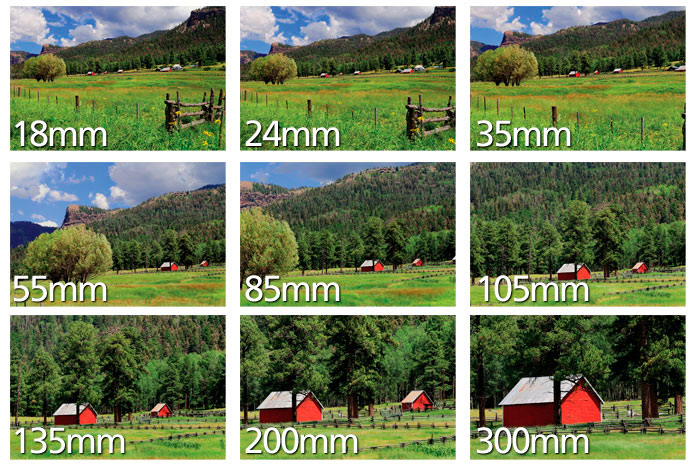
Aperture controls how much of your photo is in focus. A wide aperture (low f-number) creates a blurry background, making your subject stand out. A narrow aperture (high f-number) keeps more of the scene sharp, ideal for landscapes.
5. Experimenting with Angles
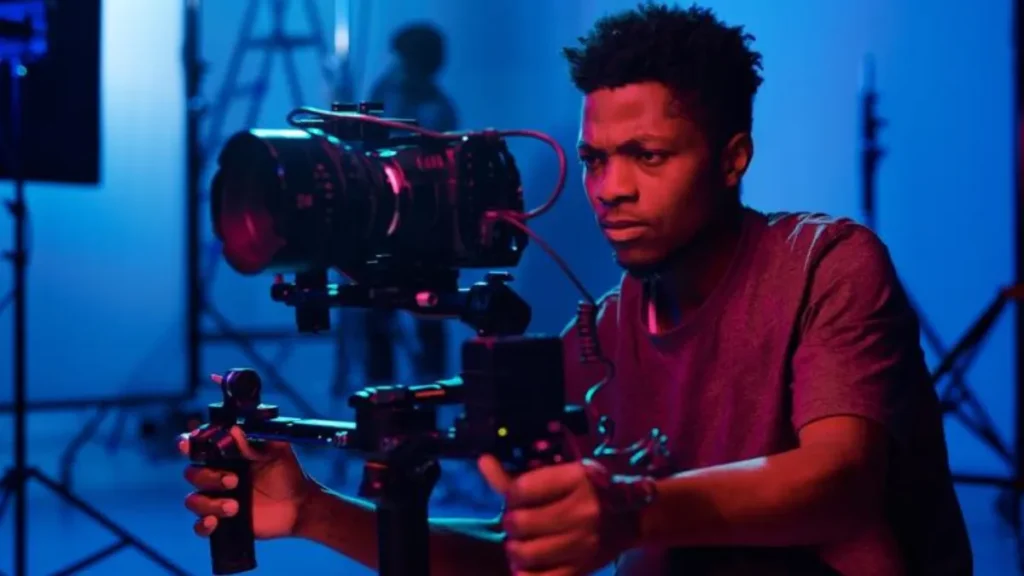
Changing your shooting angle can give your photo a fresh perspective. Try shooting from above, from the ground, or from unusual viewpoints to create a unique look.
Advanced Camera Techniques for Creative Results
Once you’ve mastered the basics, you can explore more creative methods:
- Panning: Move your camera along with a moving subject at a slower shutter speed to create motion blur in the background while keeping the subject sharp.
- Long Exposure: Use a tripod and slow shutter speed to capture light trails, starry skies, or smooth water.
- Macro Photography: Focus closely on small subjects to reveal fine details that are often overlooked.
Common Mistakes to Avoid
Even experienced photographers can make mistakes. Some common ones include using too much flash, not checking the background for distractions, and relying solely on auto mode. By being mindful of these, your camera techniques will improve quickly.
Final Thoughts
Learning camera techniques is an ongoing process. Every time you pick up your camera, you have an opportunity to try something new and refine your skills. The more you experiment with composition, lighting, and settings, the more you’ll develop your own style. Photography is not just about capturing what you see—it’s about showing others how you see it.

